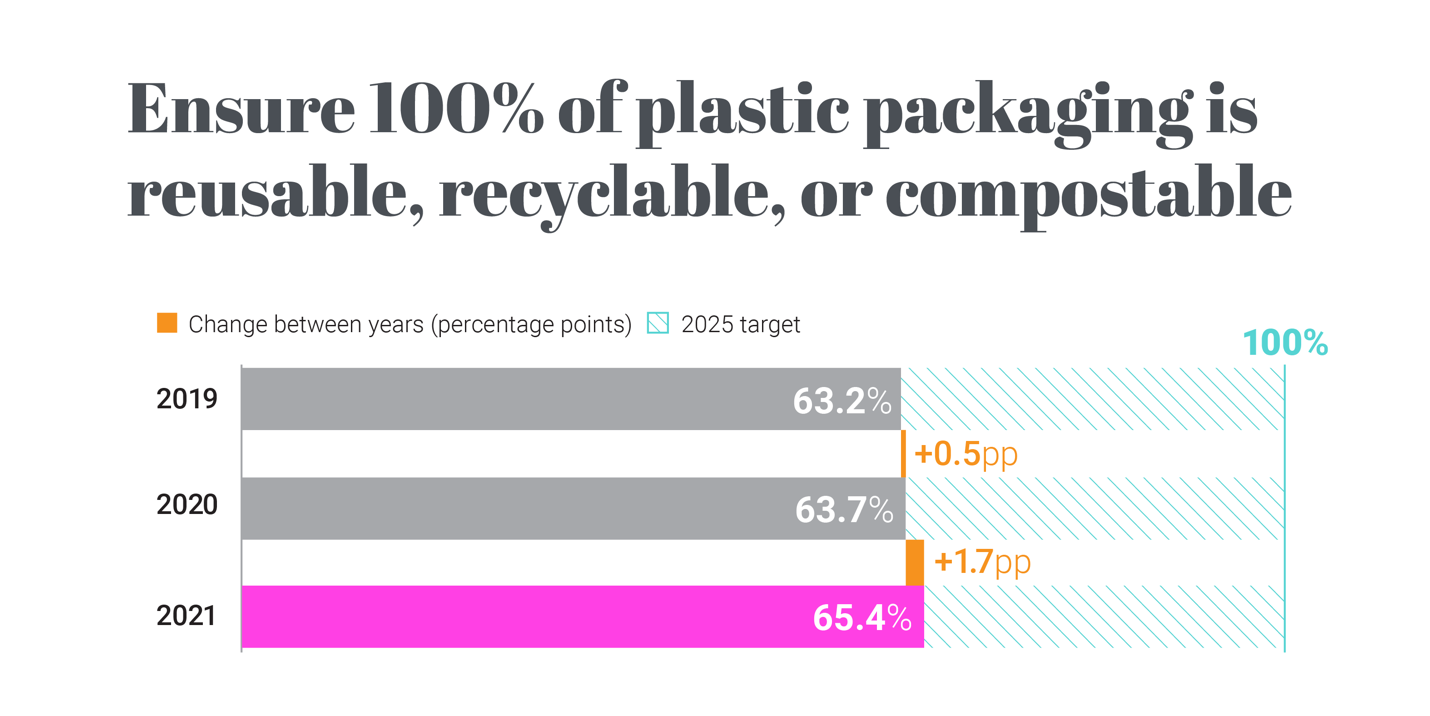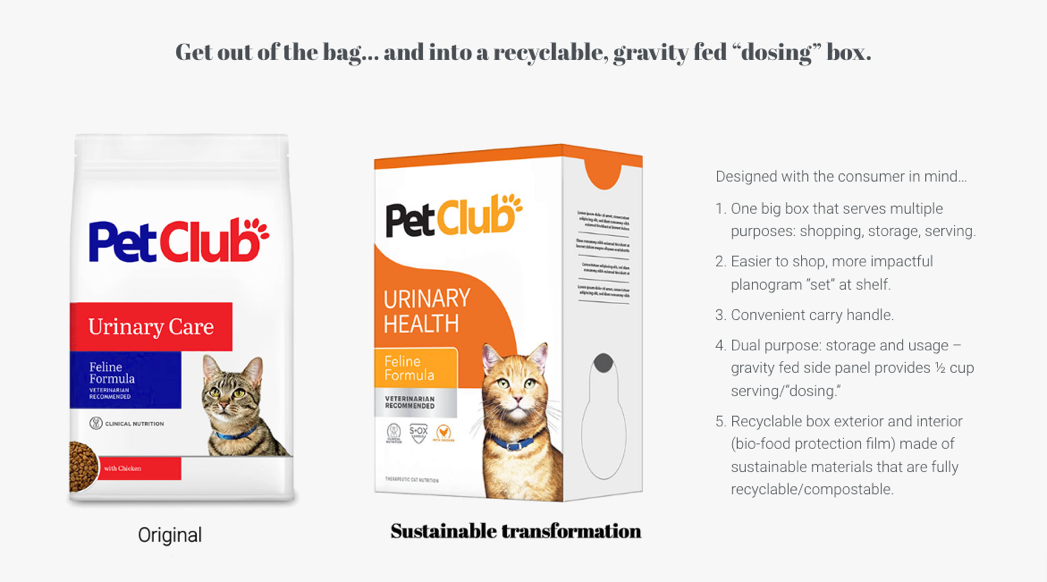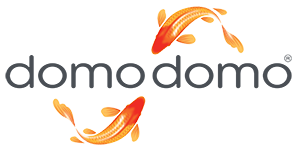Part 3: Greenwishing
This is the third post in our series: Sustainable Packaging Transformations℠.
We are all doing it – wishing for a cleaner, less-polluted environment and products that come in packaging that is not made of plastic. The term greenwishing was coined by writer and long-time sustainability professional Duncan Austin as: “the earnest hope that well intended efforts to make the world more sustainable are much closer to achieving the necessary change than they really are.”
Many CPG companies are working hard to remove plastic from their packaging, but it’s just not happening fast enough. With less than two years to go, most are >30% behind meeting the primary goal: ensuring 100% of plastic packaging is reusable, recyclable, or compostable by 2025 – in the end – greenwishing is really wishful thinking.

2022 Global Commitment progress report – Ellen McArthur Foundation and the UN Environment Programme. There is a long way to go to meet 2025 targeted goals – 100% of all consumer goods packaging to be reusable, recyclable, or compostable.

What we have is…a failure of imagination.
How many times have we heard a catastrophic event in our history ultimately be described as a “failure of imagination?” The plastics issue and the micro-plastic world we are living today falls into that category – a catastrophic event on the planet, with long lasting implications, that none of us could have ever imagined.
To think, when plastic packaging was invented, it was a miracle material perceived as a benign presence in our lives. What we have failed to imagine is what this ubiquitous substance could do to our health, the environment, and the planet. And Consumer Goods Packaging contributes over 60% to the global plastic pollution problem. How we got “here” is not as important now as how we are going to “get there.”
We must imagine a better way and design it.
A new design mindset: Greendream.
We believe one way to accelerate the changes needed to redesign our way out of the plastic packaging problem is to start with asking ourselves, as designers “what if?” – and let our imaginations run a bit wild, live in the realm of possibility and explore new structures, materials, and systems.
.
For example – what if? – instead of dried pet food coming in a plastic bag, we put it in a box? And that box added more value to consumers, the trade, drove consumer loyalty and sales, cost of goods was similar to current…and did not contain any plastic?

Plastic packaging is a design problem…we know how to solve.
At domo domo, we know – sustainable packaging is an evolution: do one thing right, then another, and another. We’re not going to solve all the challenges at the same time, but we can design our way out, one package at a time, to a more sustainable, and plastic free, future.
Stay tuned for our next installment of Sustainable Packaging Transformations℠.
